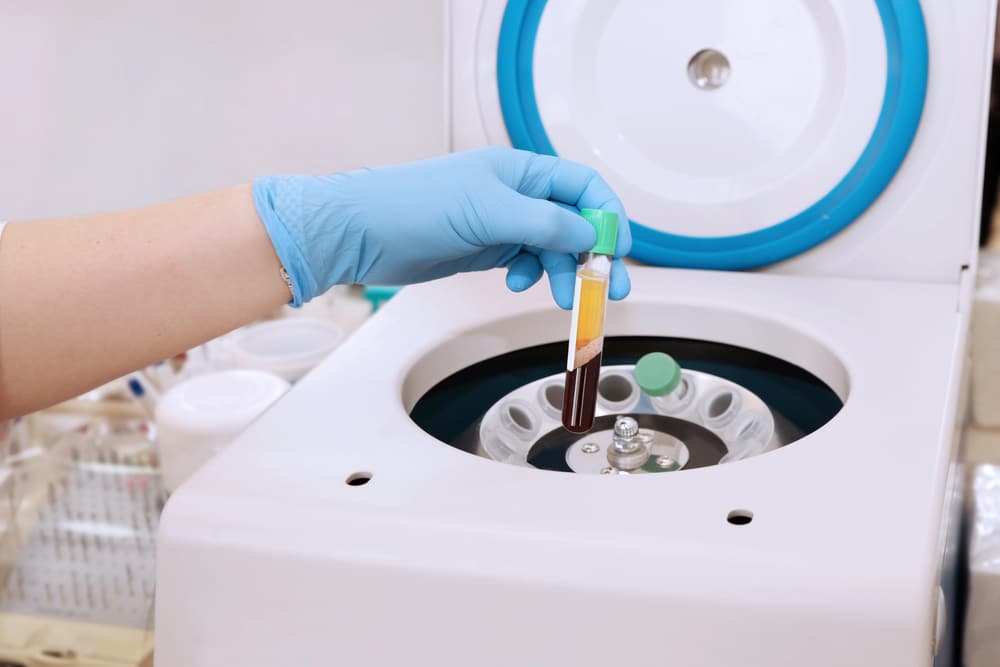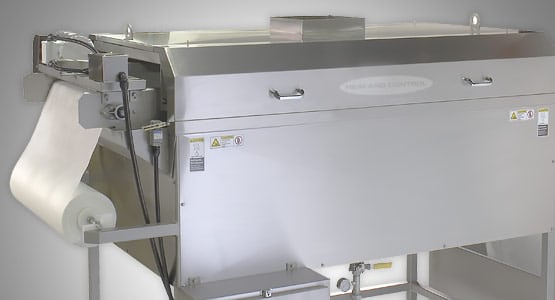Just having a high-efficiency filter installed does not mean that a compressor or process is better protected. Environmental influences affect a filter’s performance and can lead to serious ongoing problems onsite that result in reduced process availability – something that can cost millions of dollars. On evaluating a gas turbine inlet system and the local challenges it faces, it is sometimes simple changes that can dramatically improve filter performance. Expert knowledge based on real-world filtration system performance can deliver small but critical changes to a system’s design that can make a huge difference to overall process performance.
Gas turbines are not often placed in locations that provide consistent environmental conditions. Indeed, they are often installed in some of the harshest environments. Why then should they be expected to perform in line with efficiency ratings based on testing in laboratory conditions? In the real world, they often don’t. To ensure filtration works to meet operational goals, a clear picture of all aspects of an installation is needed.
Gas turbines consume vast quantities of air. Any contaminants in this air flow can lead to decreased efficiency, damage to turbine internals and loss of performance. A standard efficiency rating will indicate the size of dry particle a filter will trap, but it will not allow for changes to these particles when there is moisture or fog. Wet dust or sand can quickly block a high-efficiency filter with fine filtration media designed to capture small particles. If near a coastline (within 12 miles), salt can also be exceptionally perilous as its hygroscopic nature means it can quickly move between dry, sticky and liquid form. As well as adhering to turbine blades and affecting turbine efficiency, salt can also combine with fuel in hotter areas of the turbine to form sodium sulphate, which can react with turbine metal to cause accelerated corrosion that can lead to catastrophic failure.
Dust degrades performance
Dust can cause both fouling and erosion of gas turbine blades. Large particles, greater than 10 microns, can erode metal inside the turbine, which will affect turbine efficiency and may eventually lead to severe machine damage. Finer dust particles can stick to turbine blades and affect the operating aerodynamics, which in turn reduces turbine efficiency and increases operational costs. If moisture is also present in the atmosphere in the form of mist, fog or rainfall, it can combine with the dust to form mud that will block filters and eventually lead to an unplanned turbine outage.
Efficiently handling moisture in all forms is vital if a filtration system is to continue to work effectively. The use of hydrophobic and advanced fiber-coated filters stops dry contaminants from becoming sticky and eliminates contaminant wash through significantly reducing output degradation and the associated power output losses between turbine washes.
For existing installations, filtration performance can be estimated with the analysis of turbine performance data. If performance is not satisfactory, expert advice can help – and it is not always big changes that are required, as can be seen from the following case study.

Case study: Gas turbine installed on the Persian Gulf Coast
Site conditions
At this site in the Middle East, the customer was experiencing problems with filter life on turbine installations used for power generation. The existing installation struggled to reach more than six or seven months before filters needed replacing, which meant an unacceptable level of downtime and turbine outages. In a coastal, desert location, the filtration system needed to handle some of the most challenging conditions with exceptionally high levels of sand and dust and high temperatures. The surrounding area was also prone to thick fog and mist that could be present for nearly half of the year. The fog season ran from September or October through February or March. The site also experienced other random days of thick fog to further challenge the inlet filtration system.
The site used GE 9F.03 gas turbines in a baseload configuration with some backup units available to provide a production process with power. With a high process value, maximizing system availability was the top operational goal. Self-cleaning pulse filters were used with coalescers installed to help remove free moisture from the air. The coalescers were constructed of traditional fibrous mat material, and the pulse system was set to operate 24/7.
Issues on site
With high levels of sand and dust in the air, the fibrous mats in the coalescers would quickly become blocked. In normal conditions, they would require change-out every two to three weeks, but when dust levels were exceptionally high, they could become blocked in as little as every two to three days. Once blocked with sand and dust, the coalescer mats would be pulled from the weather hood leaving the filters exposed to both dust and moisture. As the dust swelled with moisture, it would then quickly block the inlet filters to create sudden pressure spikes resulting in the need for immediate turbine shutdown and maintenance. Even with self-cleaning technology installed, filter replacement was required every six or seven months. The reduced turbine availability and man-hours required for filter and coalescer replacement were unacceptable to the customer.
Project targets
A detailed review of operational challenges and what was causing them was carried out with a target of extended filter life to a period of two years or more. This was up to around a 400 percent increase on the existing filter life. Meeting this goal would save the customer millions of dollars in lost production and better protect site assets.
Installation analysis
Action was needed to extend filter life and to stop the differential pressure spikes that were occurring when filters became blocked, resulting in gas turbine shutdown. The dust at the location was very fine. As the pulse system ran continuously, the dust was removed from the filters, but, being so fine, it stayed in the air and was immediately re-entrained into the system. Two areas of improvement were identified: Change of coalescing technology and adjustment of self-clean pulse settings on the filters.
Action taken
- Pulse system – By changing the pulse system to operate based on a suitable differential pressure reading, a dust-cake was allowed to build up on the filters before pulsing. This heavier body of dust could use gravity to move down the filter house rather than having the fine dust floating around the filters. The system was set to start cleaning at 1.5 inches water gauge (wg) and stop at 1 inch wg. These settings were found to keep the filters clean and to balance the system.
- Coalescing technology – Traditional mat coalescers are inexpensive but easily become blocked by sand and dust. More modern coalescing technology specifically designed for high dust regions, the TS1000 coalescer from CLARCOR (a Parker company) avoids the problem of the coalescer becoming blocked and eventually bypassed by allowing sand and dust to pass through. It uses 100 percent synthetic mesh that efficiently removes moisture by catching small liquid droplets and combining them to form larger ones that drop out of the system. By not catching dust and sand in this process, coalescer maintenance is greatly reduced and the dust that passes through can be easily dealt with by the self-cleaning filters that are designed to handle this contaminate. The synthetic media is also easily cleaned with a water hose, reducing maintenance time and cost compared with traditional coalescers that require replacement when clogged.The customer initially installed the synthetic coalescers on a trial unit for a period of one year. Regular reviews of the turbine’s performance data versus the original coalescer were held to measure the new product’s benefits on a real-life product development program. Once it was proven to meet expectations, the technology was rolled out with great success throughout the site.
Outcomes are more important than products
As shown in the case study, using real-life data is the best way to assess how a solution is performing. At the end of the day, it is the performance of the turbine that is important, and the filtration solution is just one of the tools used to reduce risks to operations and protect valuable assets. To this end, having access to running data for the turbine enables real-time product optimization and testing to ensure filters are giving the best protection to turbines while optimizing process availability and maintenance overheads.
Simple solutions can have an enormous impact
Since the changes have been made to the pulse system settings and the coalescer technology has been updated, the site has not experienced any shutdowns due to filters or differential pressure spikes. The self-cleaning filters have now exceeded the customer target of a two-year life and the intervals between maintenance have been greatly extended. This has resulted in increased overall plant efficiency and process availability.
Summary
The only true measure of a filtration system’s performance is the resulting performance of the gas turbine it is protecting. Each site has different environmental conditions, challenges and goals, and it is only through understanding each of these that a filtration system can be optimized for best performance.
The case study presented shows that huge reinvestment and change to a system may not be required if operators work in partnership with filtration experts to identify solutions to problems. Indeed, replacing complete systems is an expensive capital investment that may well leave an operator with the same issues if problems have not been fully analyzed and understood.
Original Spurce: https://www.processingmagazine.com/is-your-filtration-system-working-for-you/










